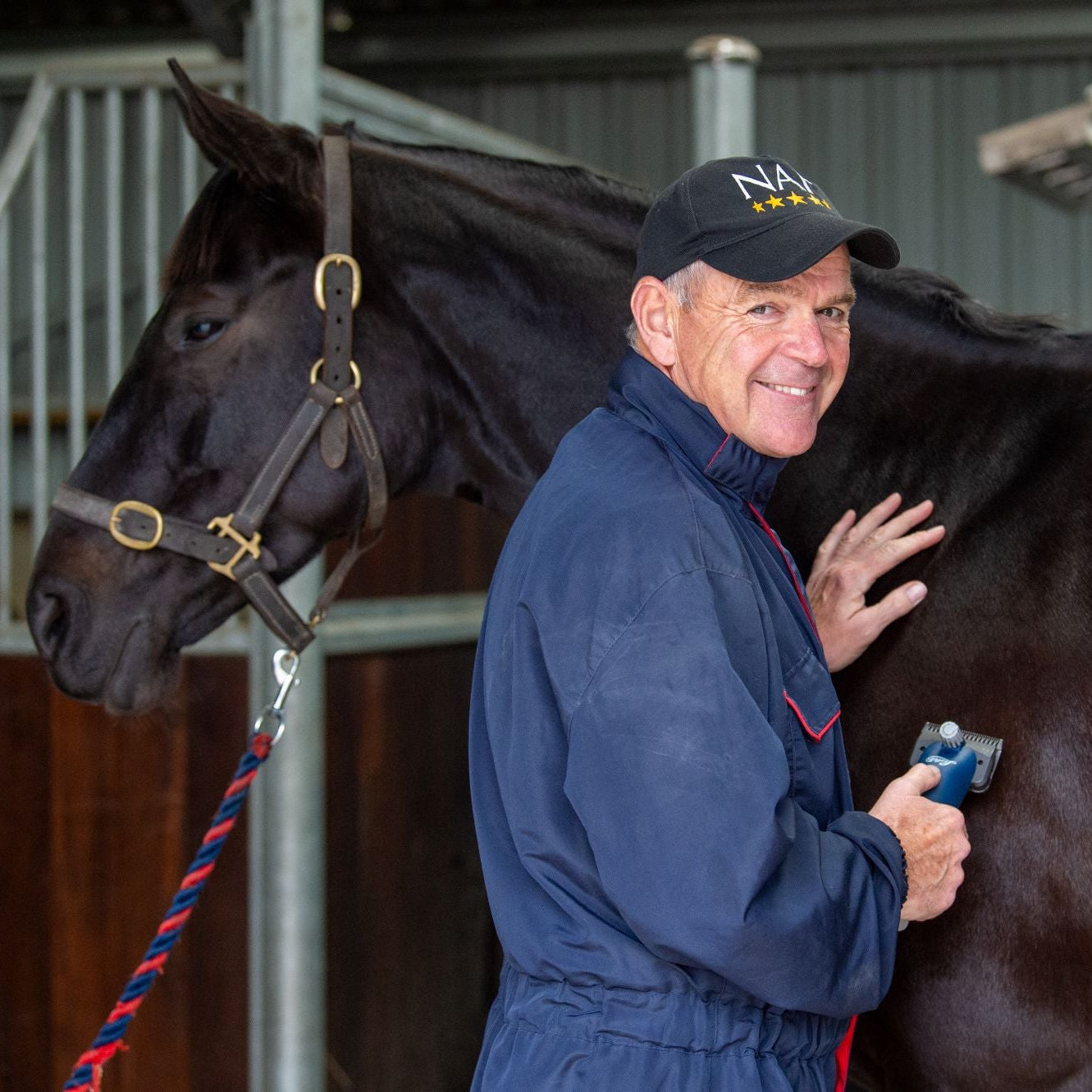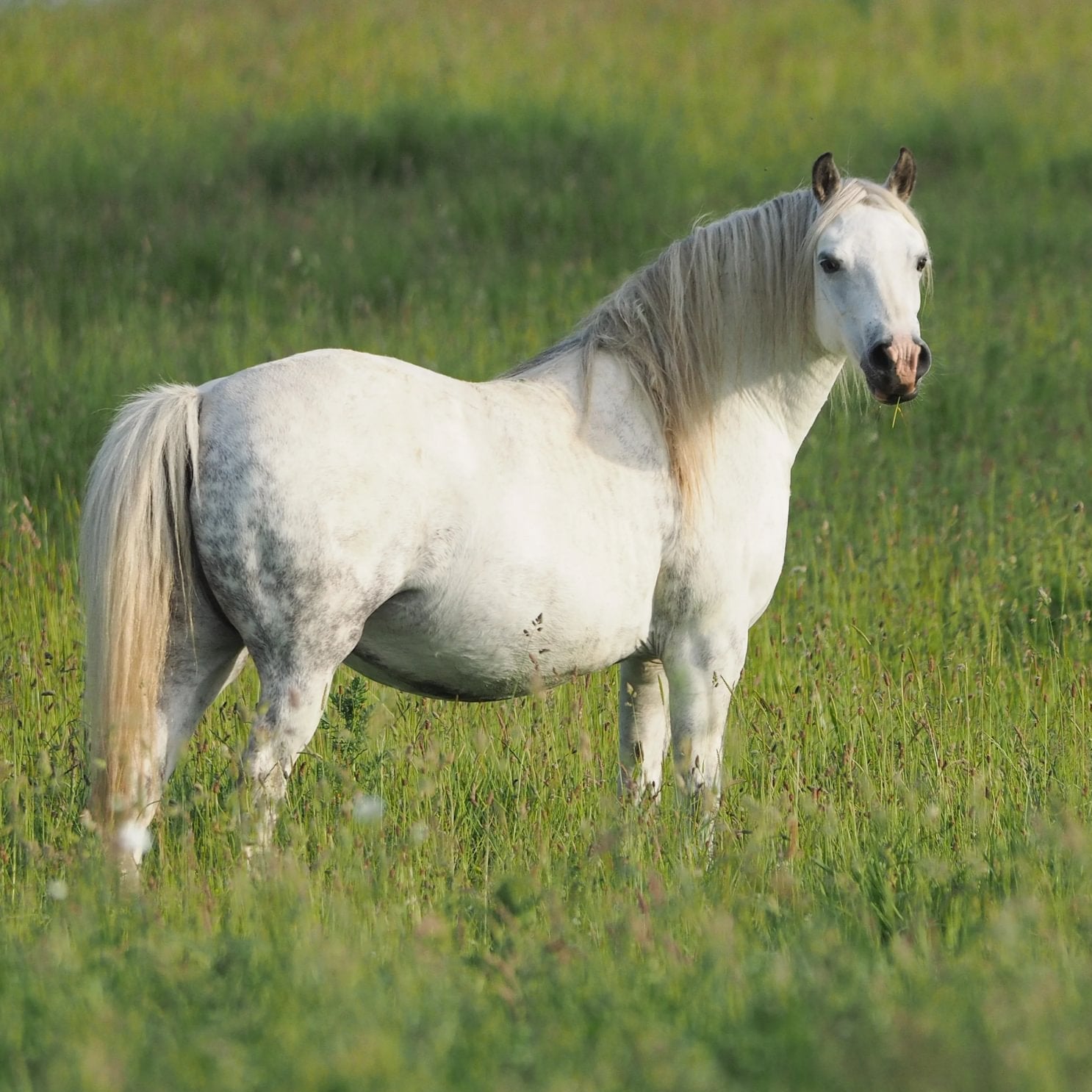As the seasons change and your horse’s coat thickens, it’s time to start thinking about clipping. Clipping helps your horse stay comfortable and healthy when working through the colder months — but it’s not a one-size-fits-all job. Here, professional groom Alan Davies shares his top tips on when, why and how to clip your horse for the best results.
Why Should We Clip?
A horse’s winter coat is designed for warmth, but when your horse is in regular work, it can quickly cause overheating and excess sweating. Clipping helps manage this by reducing sweat buildup, keeping your horse more comfortable and making after-work grooming easier.
It also supports skin health and helps with weight and fitness management. Every horse is different, so your clipping routine should take into account:
- Workload
- Coat type
- Turnout routine
- Living Arrangements
Choosing the Right Clip for Your Horse
There are many different types of clip and different types of blade on the clippers to take off more or less coat - the right clip often depends on your horses workload and environment.
Remember you can always take more off but you can't put it back on!
- Full Clip: Ideal for competition horses or horses in full regular work. This removes all the coat and sometimes can include the head and legs. This would usually be done with a fine blade for a smooth finish.
- Adapted Clip: Perfect for horses in lighter work or living out. Adapting a clip to your horse usually means removing the hair from the areas most prone to sweating helping to keep them comfortable and facilitate cleaning after work. Depending on the coat type these clips are often done with a coarse or fine clipping bale. There are lots of variations of adapted clips but the most common are Trace and Blanket Clips.
Remember to match your horses rugging to their clip - What rugs will suit your clipped horse should be relative to the type of clip – a full clip will need more substantial rugs for example, than a light clip both for stable and for turnout rugs.

Preparation for Clipping
Preparation makes all the difference to both the finish and your clippers’ performance.
- Service and sharpen: Make sure your clippers are serviced over summer and that blades are sharp before the season starts.
- Using clipper oil: A light clipper oil, designed for the purpose, should be purchased and always be at hand to keep clippers lubricated and disinfected.
- Clean and dry coat: Always clip a clean horse. A dirty or greasy coat can blunt blades quickly and create an uneven finish. If a bath isn’t possible, a thorough groom or hot cloth is the next best thing.
- Choose a calm location: Pick a quiet, safe space where your horse feels relaxed.
- Desensitise beforehand: If your horse is new to clipping, let them get used to the sound and feel of the clippers before starting.
Clipping Technique
During any clip you should check your clippers every 10 minutes with regular oiling to ensure that are not getting hot. If they are, stop and let them cool before continuing to clip.
When commencing a clip I always start with the nearside shoulder – it is a safe place to start and a good area to clip without worrying the horse.
I work up from the shoulder and then clip the neck then back to the flank, body and backend. I then move to the offside and work up from the backend through the flank, body and then shoulder and neck.
Finish with the head – either leave the clippers to cool or use a small quieter clipper to do around the head and ears.

Post Clipping Care and Grooming
At the end of the clip always give the horse a good brush over to remove loose hair and dust and grease and then hot cloth with LTSTI Wash with some nice warm water and a good towelling cloth to remove all the grease and hair. This will help clean the skin and bring up a good healthy shine and then when the horse is rugged and back in its stable.
Finally, make sure your clippers are cleaned, oiled and disinfected before putting them away — ready for the next clip.
How often Should You Clip?
The frequency of clipping depends on your horse and their coat type. Some horses regrow their coats faster than others, so you might need to clip every 4–6 weeks through the winter months. Keep an eye on coat growth and adjust your schedule as needed.
Summary
Clipping is more than just a cosmetic job — it’s an essential part of keeping your horse healthy, comfortable and ready to perform. With the right preparation, tools and aftercare, your horse will not only look smart but feel their best all winter long.
Written by: Alan Davies



